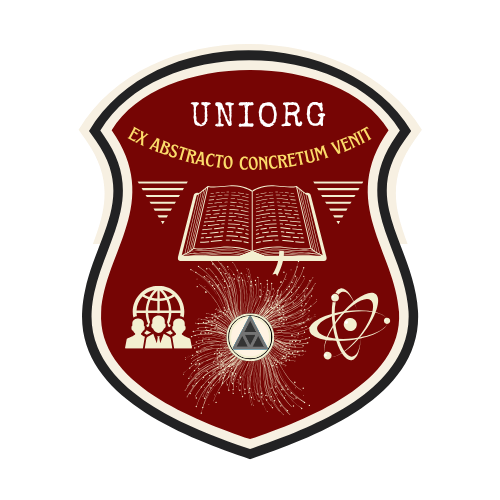
About Course
Organisational Design is the second module of the Certified Orgtologist Program (COP) and a prerequisite for registration as an Orgtologist with the International Orgtology Institute (IOI). It is also a pre-requirement for enrolment to the practical coaching program where an Orgtologist seeks to register as a specialist in the field of Org Design.
The module illustrates how an Orgtologist will practically apply the four orgamatics theories to an Org Design project. We here refer to Theory 2I of Orgtelligence, Theory 2P of Work, Theory 2E of Identity, and Theory O of the relevant and performing organisation (RPO). During module one of the COP, student students have studied organisational science. In this module they will apply a large part of the theories taught there. In particular, this module will show how to practically apply and test Hypothesis 2x.
The study of Org Design will include process engineering methodology, creating an agile process construct, developing an organisational culture framework that facilitates inclusion, and crafting an organogram that gives structure to human accountability and efficiency. This module therefore deals with developing a blueprint for organisational operations that aims to optimise efficiency.
The program is divided into Guides. Each guide will have reading material, self-assessments, and will be covered during an online tutor session. Below are the guides in progressive order…
-
Organizational design – a future perspective.
-
What is an organization?
-
The consciousness of an organization – what are we creating?
-
What is a process construct?
-
Using the Level Zero Model to engineer a process construct.
-
Seven steps to engineering process flow – an orgtology perspective.
-
The difference between a target, an output, and an outcome.
-
Creating efficiency through output targets.
-
What is a project construct?
-
Integrating the process and project constructs.
-
Measuring effectiveness.
-
What is a relationship construct?
-
Developing an organizational organigram.
-
The effect of culture on organizational design.
Although the Org Design training is mostly theoretical, the assignments will be practical. For actual experience in Org Design, students who complete this training can apply for a practical coaching in Organisational Design with an expert Orgtologist in this field, which will give adequate experience to independently engage with an Org Design project.
Course Content
GUIDE 1 Organisational design – a future perspective.
-
Introduction to Org Design
-
The basic assumption of organisational design
-
Traditional organigram designs
-
The three constructs of Org
-
Level Zero: Flow of resources vs. flow of activity
-
Organigram of the future
-
The relation between Hypothesis 2x and organisational design
00:00 -
Conclusion
00:00 -
Harvard Reference
-
Guide 1 Asssessment Questions


